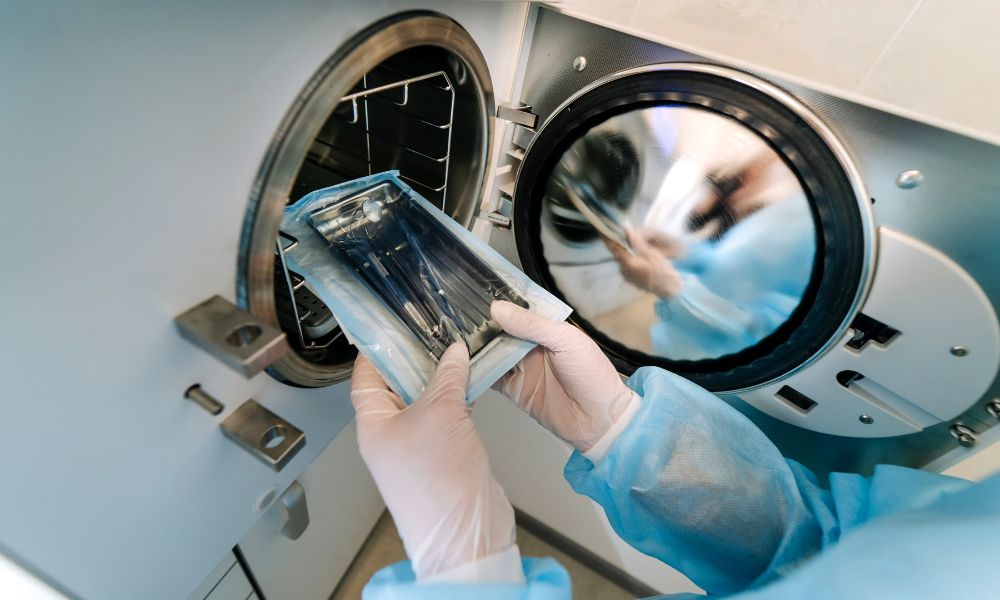As you work toward developing your product ideas, it’s vital that you know whether they are classified as a medical device, and if they are Class I, II, or III. Distinguishing between a general consumer product and a medical device is necessary for compliance with regulatory bodies. As such, this notion will dictate the pathway for development, market launch, and post-market surveillance of a product. Understanding the key regulatory criteria is crucial for manufacturers to ensure their products meet the appropriate standards. Here’s what you need to know to determine if your product is a medical device.
Understanding Classification Criteria
The initial step in classifying your product involves understanding the criteria set forth by regulatory bodies like the FDA. This system is primarily based on the risk level associated with the intended use of the product and the technological characteristics. It categorizes devices into three classes, with Class I being the lowest risk and Class III the highest. Familiarizing oneself with these criteria provides a foundational understanding of where your product might fall within the industry spectrum. For example, a bandage that touches only the outer layer of skin is going to be classified very differently than an implantable pacemaker.
Evaluating Intended Use and Mode of Action
Another critical factor in evaluating whether a product qualifies as a medical device is its intended use. This involves assessing how you plan to market the product and the specific medical purposes it serves. For instance, products designed for diagnosing, treating, preventing, or managing diseases or medical conditions are likely classified as medical devices. The mode of action refers to the mechanism through which the product achieves its intended purpose, such as pharmacological, immunological, or metabolic means. If the product operates through such mechanisms to affect the structure of the body, it likely qualifies as a medical device.
Assessing the Impact on Body Structure or Function
Also note whether the product aims to affect the body’s structure or function. This includes products that may not necessarily treat or diagnose diseases but play a significant role in supporting the body’s overall health or compensating for an injury or handicap. The assessment of this aspect requires a thorough understanding of the product’s operational mechanisms and the biological impacts it delivers.
Medical Claims and Substantiation
Your product’s classification hinges on the medical claims made about its efficacy and the substantiation of these claims as well. Regulators scrutinize both the explicit and implied claims related to a product’s health benefits. It becomes essential to critically evaluate all marketing materials, labels, and instructions to ensure they accurately reflect the product’s intended medical use without overstating benefits. Ensuring that claims have backing in the form of scientific evidence and validation testing is critical in confirming a product’s status as a medical device.
Determining your product’s classification is a multifaceted process that requires a deep understanding of many factors. Adherence to regulatory guidelines not only ensures compliance but also underscores a commitment to delivering safe and effective solutions to consumers. At HIGHPOWER, we aim to be a top resource in helping you successfully navigate the demanding medical industry. Our medical device validation services ensure that your design upholds top performance and safety standards, keeping you in the clear and set up for success.
